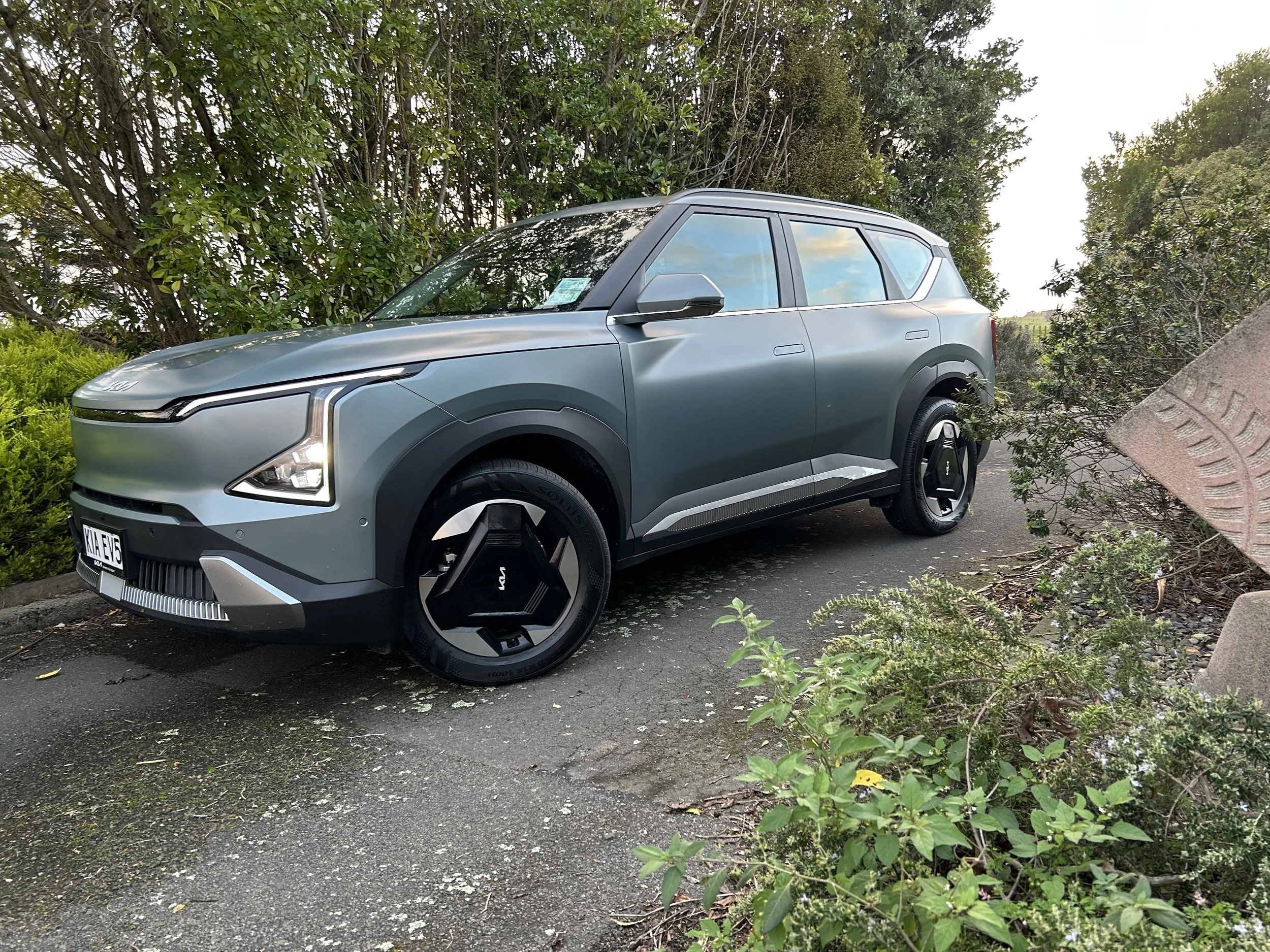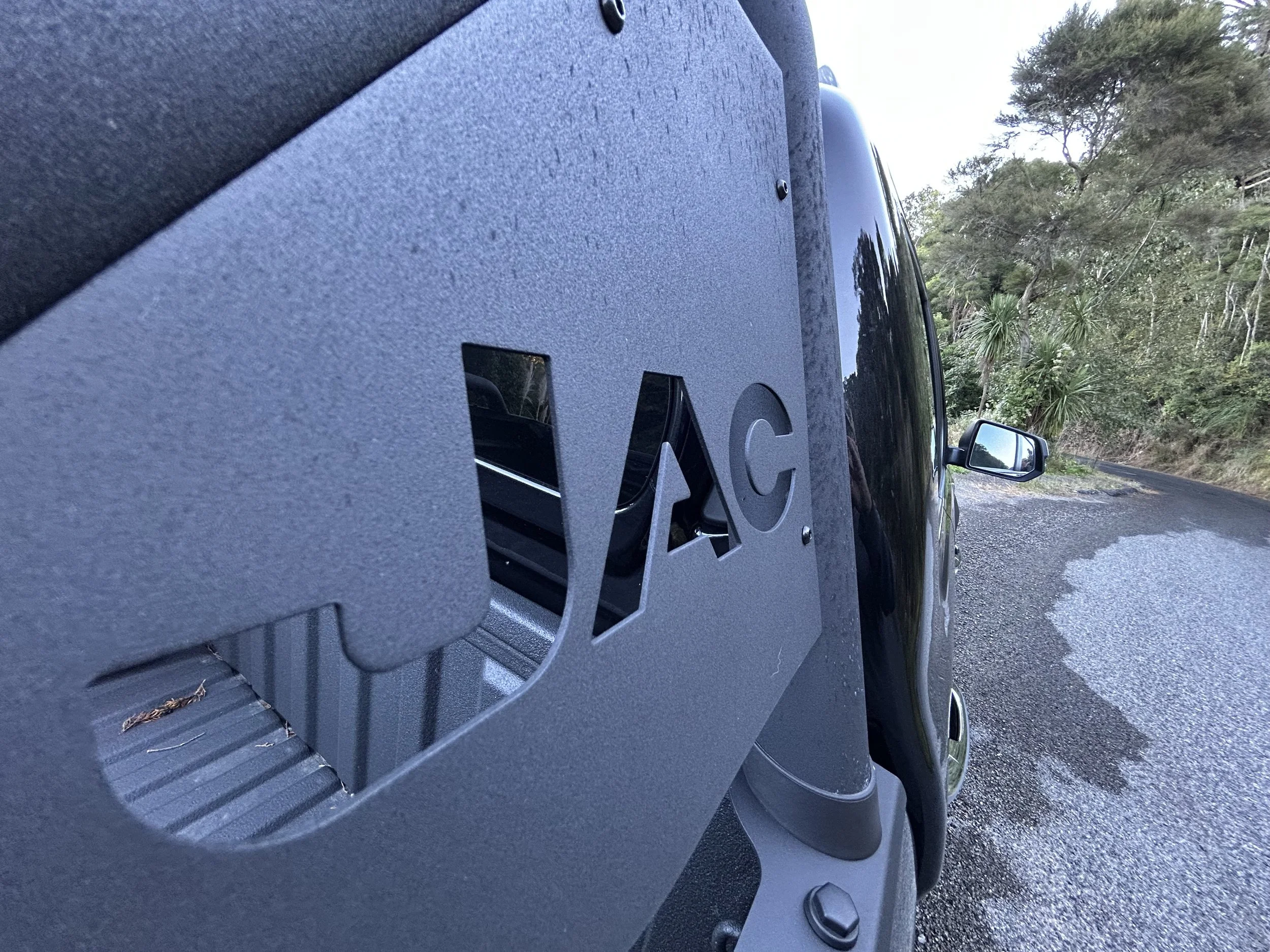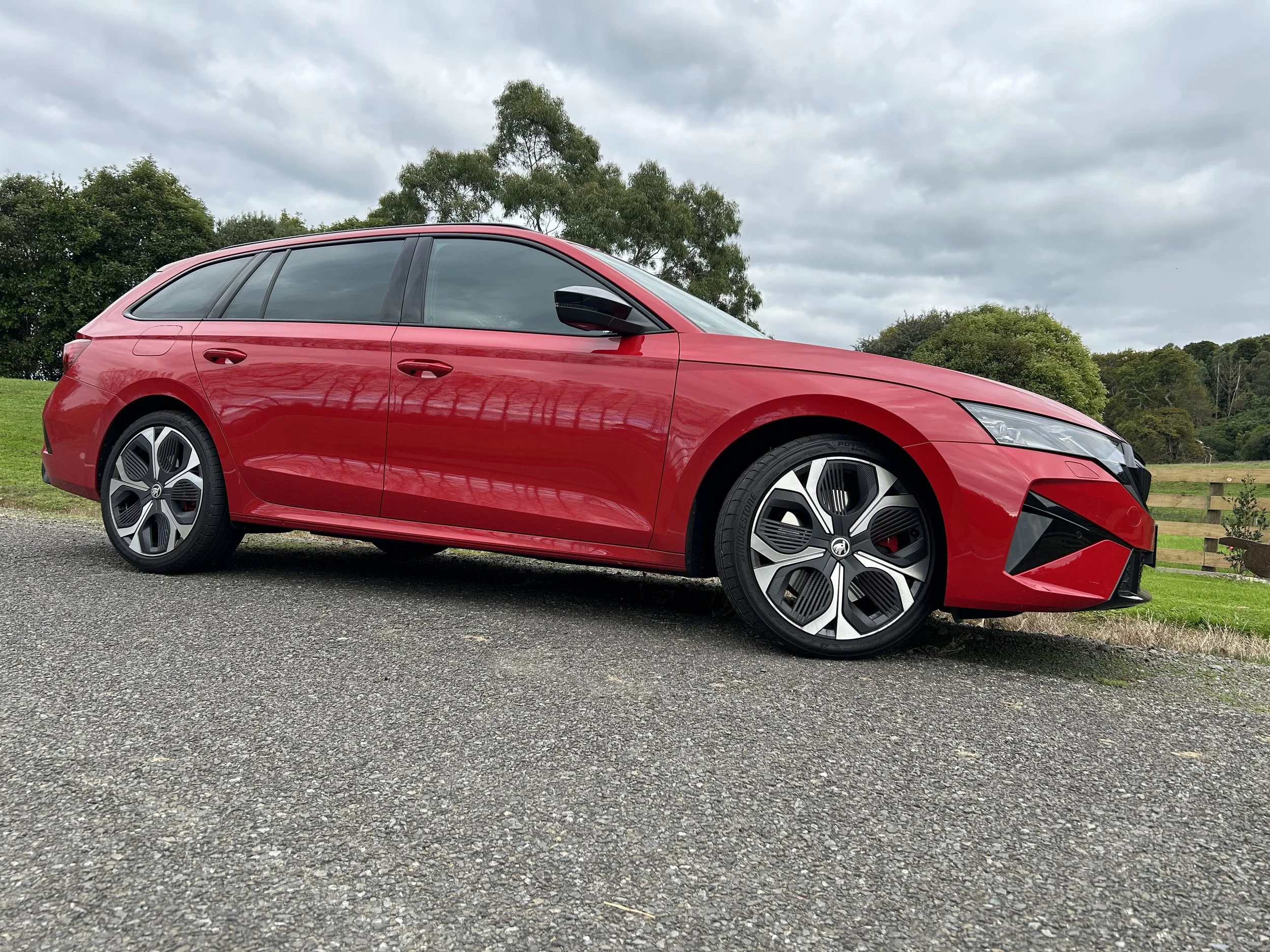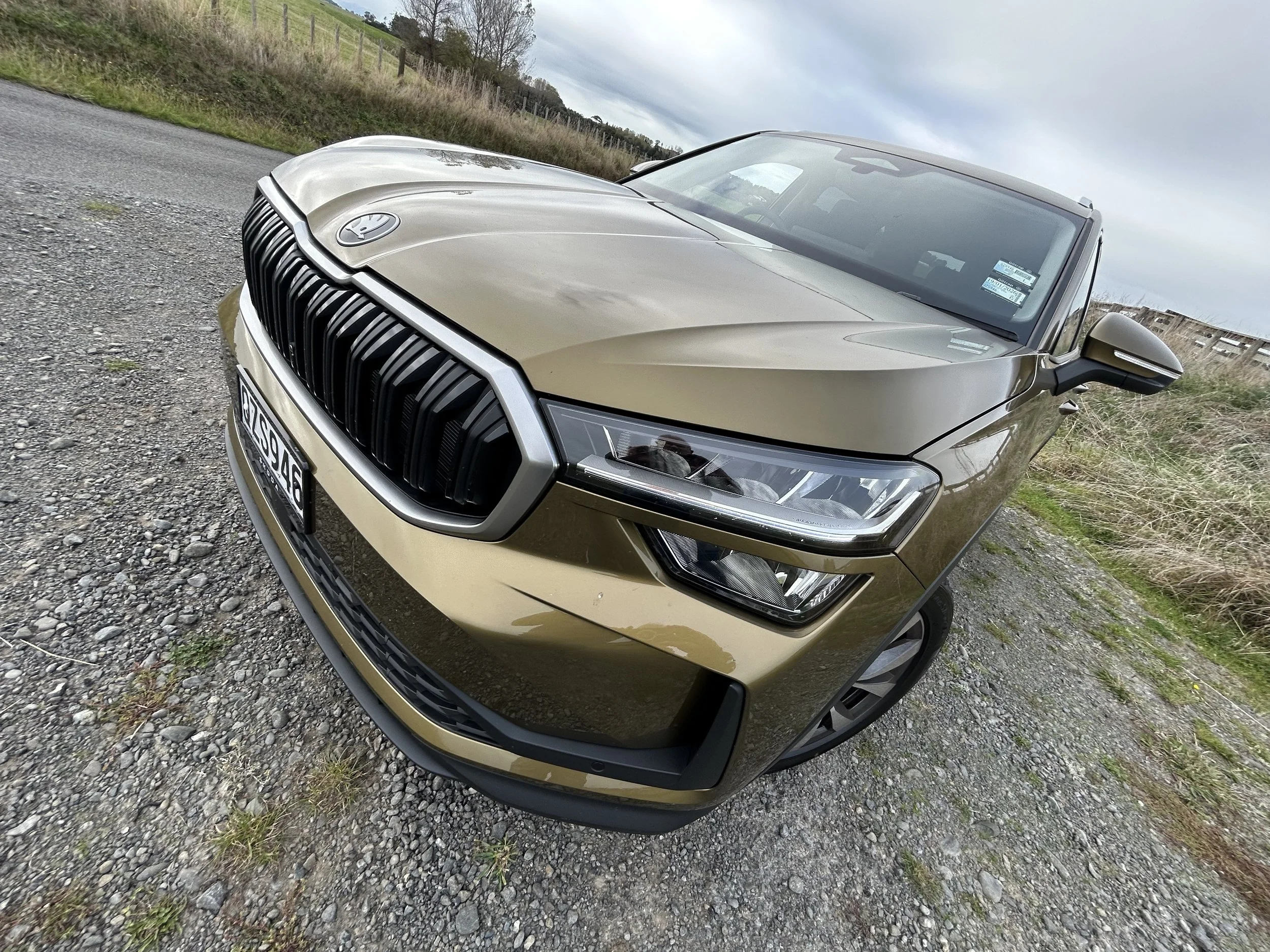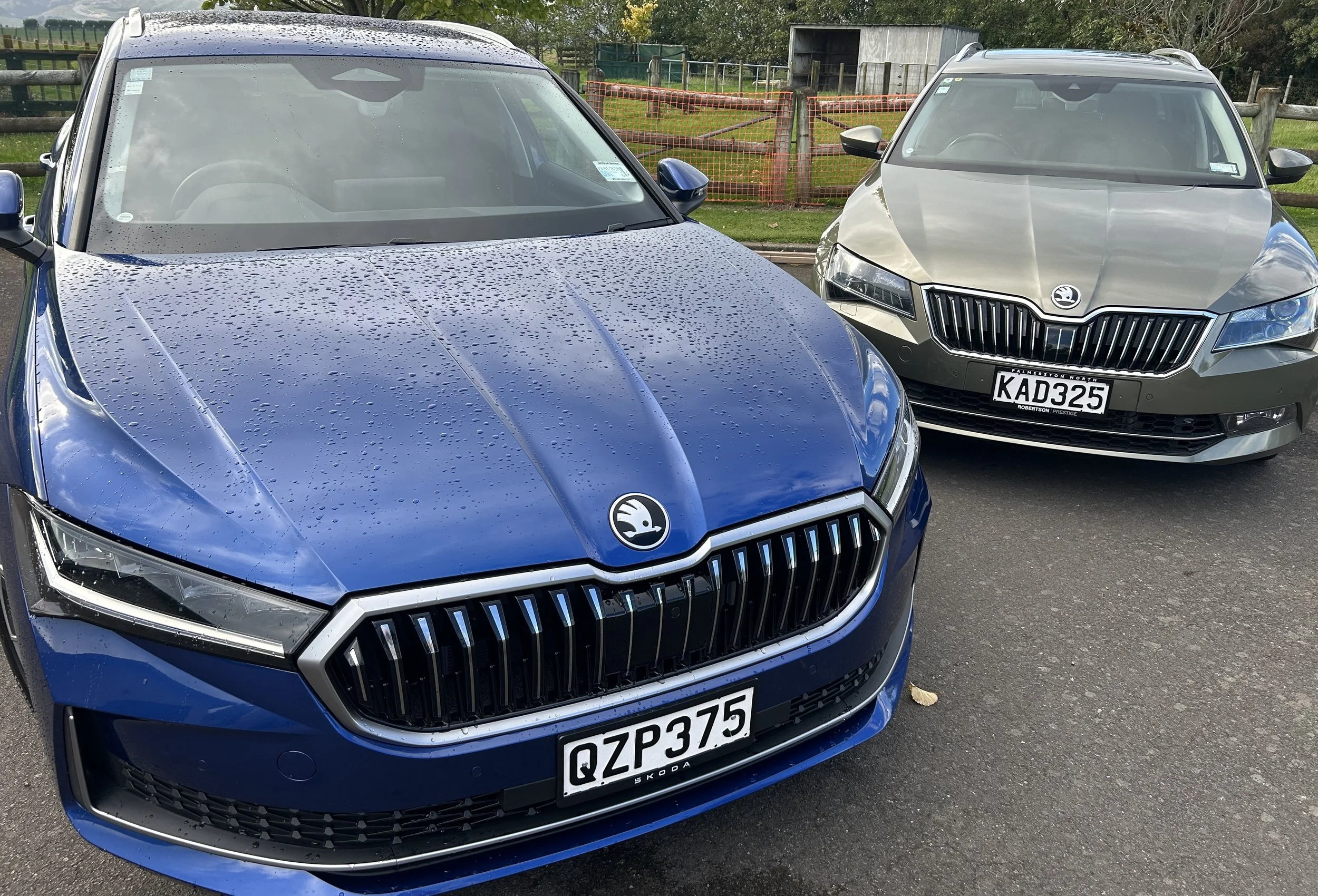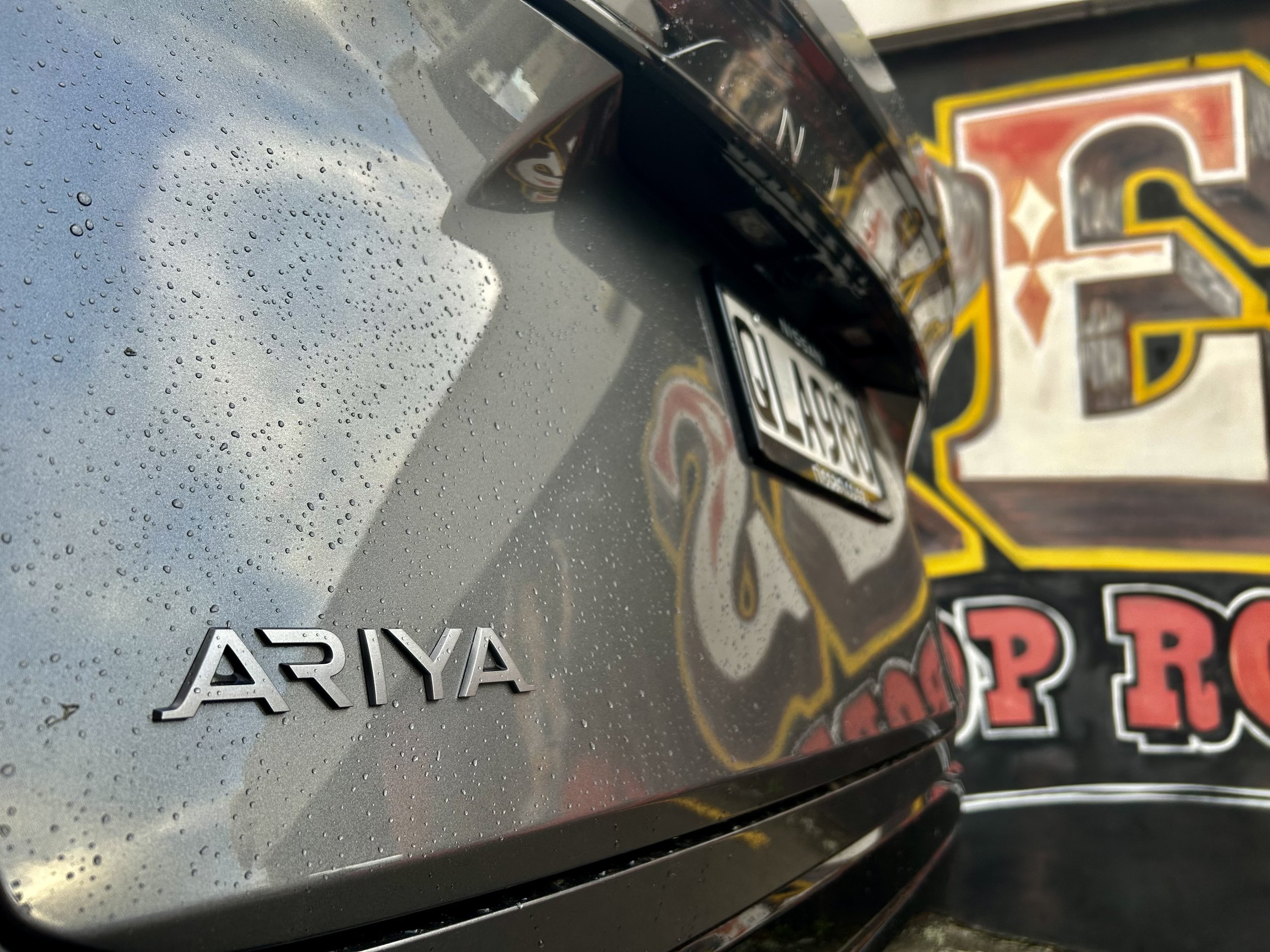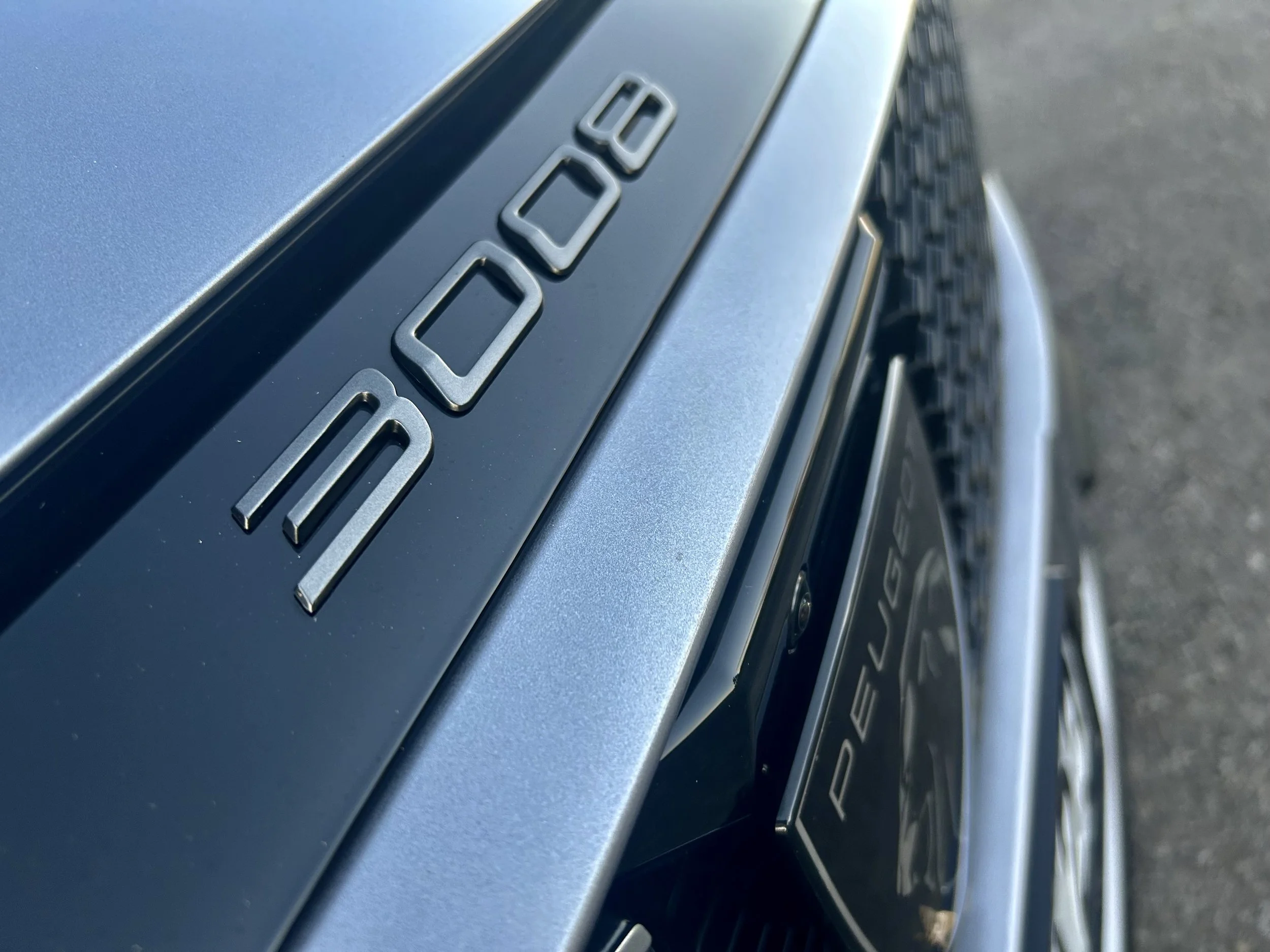New Zealand on A list for exciting electric Porsche
/Kiwis could be among earliest adopters for Porsche’s first fully electric vehicle, spun off the alluring Mission E concept.
AN abundance of Green energy and a firm sense that the customer base here is already keen to plug into fully electric performance product has spurred Porsche’s New Zealand distributor to indicate immediate positivity for a striking battery-powered sedan promised by the racer brand.
“We would be keen to look at it … I certainly think there is interest in this kind of car as well and I think it is growing,” Porsche New Zealand sales and marketing manager Jamie Taylor told Motoring Network in response to questions about the potential for a production spin from what has so far been presented as a concept called the Mission E.
“If we can get that as soon as it is ready to go then I would say we would definitely want it.”
Porsche this week gave a green light for the Mission E, a fusion of 918 and 919 performance in a Panamera-sized format announced at the 2015 Frankfurt Motor Show.
With a conceivable output of 441 kiloWatts, a conceivable range of 500km and promised ability to 80 percent recharge with 15 minutes makes Mission E a potent opportunity within the premium sports sedan sector.
“Previously some electric cars have been a bit of a stretch in terms of practicality but this one is perfectly on target.”
Auckland-based Porsche NZ, part of the European Motor Distributors’ network, already has runs on the board with a plug-in hybrid version of the Cayenne.
The SE Hybrid, which uses an earlier generation of technology that is coming with next year’s Audi Q7 e-tron in marriage with a 3.0-litre supercharged petrol, has achieved eight registrations in 2015. It is an update of a non-rechargeable Cayenne hybrid that achieved seven registrations in just over two years.
However Porsche NZ sees the eventual production version of the Mission E as opening a brand new chapter and is keen to start telling that story as soon as possible.
Taylor agrees the environment for selling electric cars is still in emergent phase.
He believes interest would be spurred significantly if Government increased its pro-electric support beyond the current exemption from road user charges. However, he also agrees Porsche is among brands that look positively at this country being a primary producer of ‘Green’ electricity through its high percentage of hydro, wind and geothermal generation.
However, even if no electric car inventives – such as tax breaks – are introduced between now and 2020, when the Tesla-rivalling Porsche sedan is set to be produced, the car remains an enticing prospect for New Zealand, he says.
“We’re obviously not taking deposits for it yet but I believe there has already been some general customer inquiry at dealership level. It’s something we will monitor as the programme develops.”
Porsche says its first dedicated electric vehicle will cost around $3 billion to bring to life and its production will create 1000 new jobs.
Taylor believes it might not be inconceivable that the pre-launch development phase for Mission E might even bring the production car to New Zealand for under-radar testing. He points out that a growing number of Porsches have come to New Zealand for specific evaluation, mainly at the Southern Hemisphere Proving Ground winter testing area near Queenstown.
Porsche says the Mission E programme will be a good measure of its commitment to electric vehicle production. Dr Olivier Blume, chairman of Porsche’s executive board, says Mission E is “beginning a new chapter in the history of the sports car”.
Much of the cited budget will be invested in Porsche’s main Stuttgart site to accommodate an extra assembly plant and paint shop. The existing engine factory will also expand for electric motor production.
The Mission E made quite an impression at Frankfurt. The study sits very low to the ground at only 1300mm tall, with the body constructed from a mix of aluminium, steel and carbon fibre-reinforced polymer. The wheels are made out of carbon and measure 21 inches at the front and 22 inches at the rear.
The four-point matrix LED headlamps are a reinterpretation of the cluster design seen on the facelifted 911, while the plunging roofline and sculpted rear haunches – which taking their cue from the 918 - are designed to be as aerodynamic as possible. A distinguishing features of the Mission E is the suicide door layout, with the absence of a B-pillar allowing for easier access to the cabin.
Porsche has looked to its 2015 Le Mans-winning 919 Le Mans car – as driven by Kiwis Earl Bamber and Brendon Hartley, respectively first and second in the enduro - for the technology assistance. A new 800-volt drive system, consisting of two electric motors and a powerful battery – which Porsche claims is twice as powerful as any other EV system available today – drive the Mission E via all four wheels.
Porsche claims 0-100kmh in 3.5 seconds for the Mission E, with 0-200kmh taking an additional nine seconds. The concept also features four-wheel steering, with Porsche Torque Vectoring automatically distributing power to individual wheels to maximise grip.
An alternate to quick-charging, via an 800-volt port, is wireless replenishment via inductive charging. A panel behind the front wheel of the concept hides the charge port.
The car’s leading tech doesn’t end there: The concept also headlined eye-tracking and gesture control technology for the operation of the major functions.







